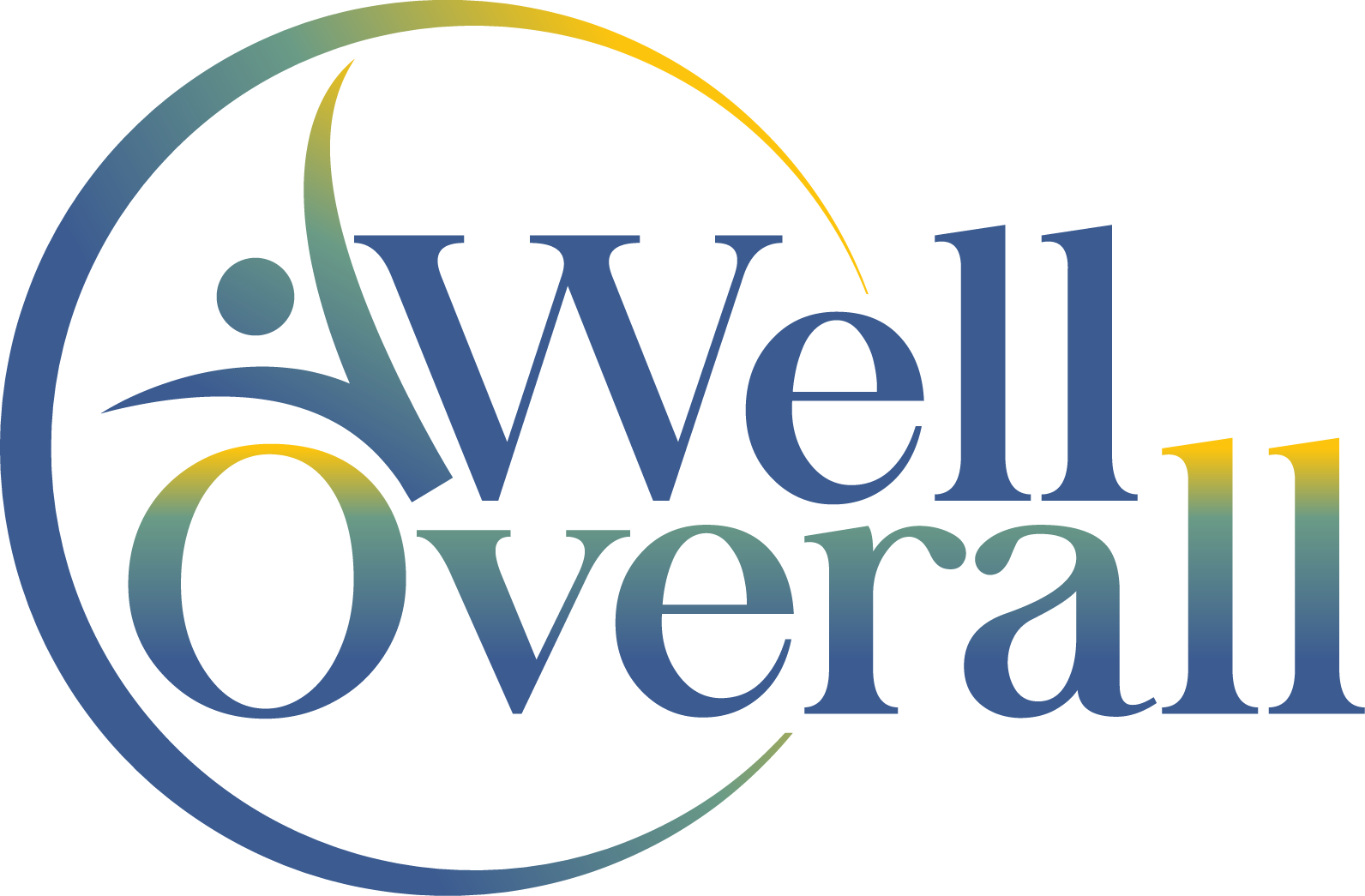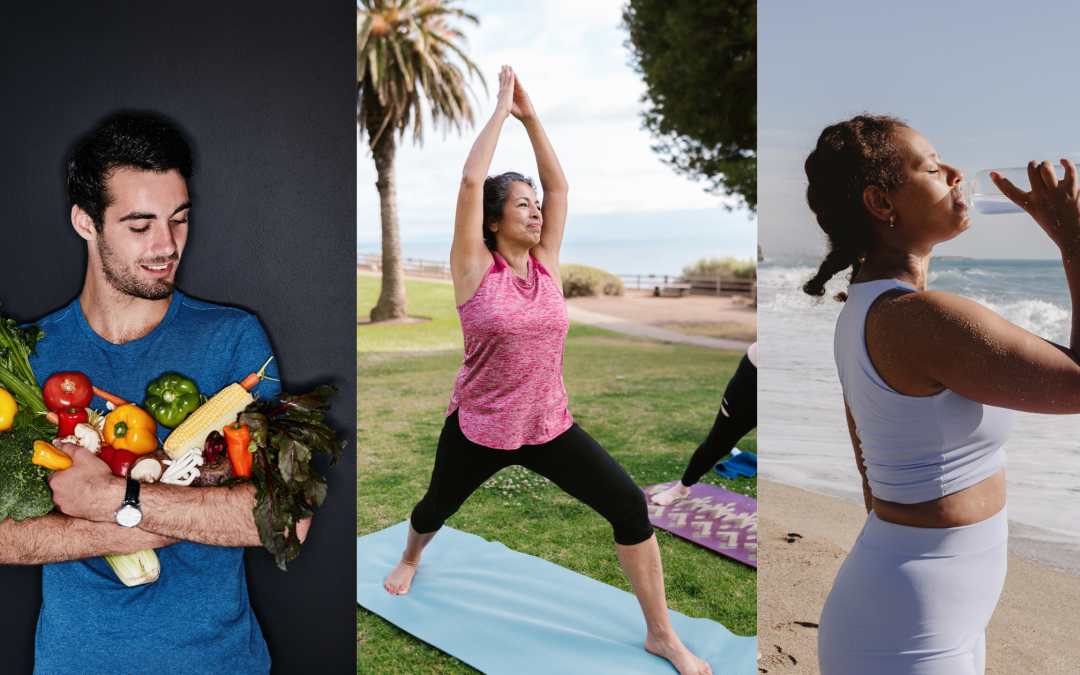Wellness is a term that’s becoming more common and more popular lately. It seems like everywhere you go now something is being promoted as a “wellness” product. Companies and people are using the word “wellness” to sell all sorts of products and services. You can buy wellness tea, wellness candles, and wellness clothing. You can go on a wellness vacation, eat at a wellness cafe, or visit a wellness spa. You can seek the advice of a wellness coach, keep track of your wellness with a wellness app, and log your progress in a wellness journal.
While many of these products, services, and practices are health-promoting, wellness is not something you can buy or sell. Wellness is about what you do.
Health and wellness are not the same thing
In my training as a health and wellness coach, I learned about tools and techniques to help people improve their health. Coaching involves helping people elicit motivation for change, set goals, and create action steps to meet their goals. The process of wellness coaching is all about helping people help themselves. But for many of us, even when we are highly motivated and have clear goals and action steps, we still don’t achieve high-level wellness.
Health and wellness may sound like the same thing, but there are some important differences. Health is a term that refers to a state where the body is free from disease. Wellness is a much broader concept that indicates a state of balance and well-being in several domains: physical, mental, emotional, spiritual, social, and environmental. Wellness is a holistic approach to health, taking into account the person’s whole being.
In the 1970s, Dr. John Travis, one of the pioneers of the modern wellness movement, created the Illness-Wellness Continuum. Wellness was a new way of thinking about health at the time, and the realization that wellness was not simply the absence of disease was beginning to take hold. The most significant feature of Travis’s illustration is that wellness exists across the entire spectrum – from near death on the left to high-level wellness on the right.
Health only gets you to a neutral point in the middle, but wellness can be practiced no matter where you are on the line. Near-death, disease, or disability are not incompatible with wellness. You could even have a terminal illness and be practicing wellness. The beauty of wellness is that no matter what state of health you are in, you can begin practicing wellness right away.
Wellness is a direction, not a destination
Your wellness journey can begin right here and right now. The first step is choosing wellness. The next step, and every step after that, is choosing to do whatever keeps you moving toward wellness.
I’m not denying the value or importance of goal-setting and planning action steps, especially if you want to make a significant change. If you have a big goal such as losing a large amount of weight or quitting cigarette smoking, then most likely you need to develop some sort of roadmap or plan to help yourself achieve that goal. But achieving any goal, especially one that involves your health depends on multiple choices that you make throughout the day.
Doing wellness
So how do you do wellness? Because wellness is holistic, involving every facet of your life – you have the opportunity to do wellness dozens of times throughout the day. You do wellness by choosing to do the best, healthiest, or most beneficial thing that you have the power to do at that moment.
From the time you get up in the morning until you lie down at night to go to sleep, you are faced with many choices that impact your wellness. Some of these are small choices, like whether or not to eat that donut someone brought to work or whether or not to have that second glass of wine. Some are bigger choices that may require more planning, such as taking an exercise class or cooking a plant-based meal.
A simple exercise that you can do is to write down ten choices or decisions that you make every day, or most days, that impact your wellness. Here’s my list:
- What I eat for breakfast
- Whether or not I meditate
- How many cups of coffee I drink in the morning
- Listening to an audiobook or podcast as I drive to work
- Taking lunch to work vs. buying lunch in the food court
- How much time I spend on social media
- Reaching out to a friend to plan lunch or a happy hour
- Doing a yoga class or walking after work
- Whether or not to have a second glass of wine
- Going to bed at a reasonable time
I see this list as a series of opportunities to be as well as I can be. I may not always make the best or healthiest decision with each choice, and that’s okay. If I end up eating a donut or taking a nap rather than working out, I don’t need to beat myself up or feel like the day is a total waste. I can resolve to make my next choice a choice for wellness. Doing wellness is a series of choices followed by actions, that you make all day, every day.
Wellness is a personal journey that never has to end. You can start now, no matter where you are or what state of health you’re in. And when someone asks what you’re doing – you can say “I’m doing wellness!”

